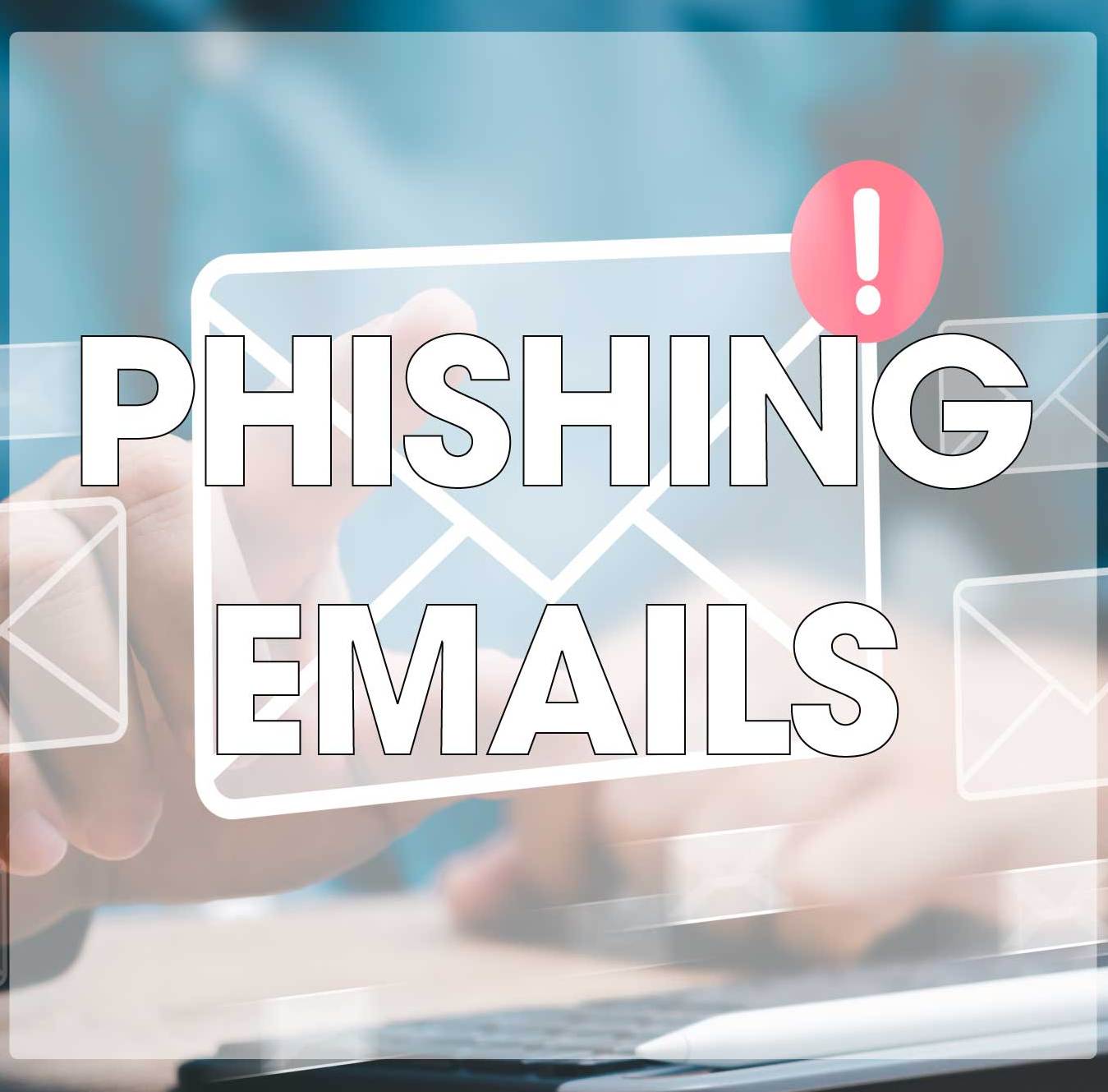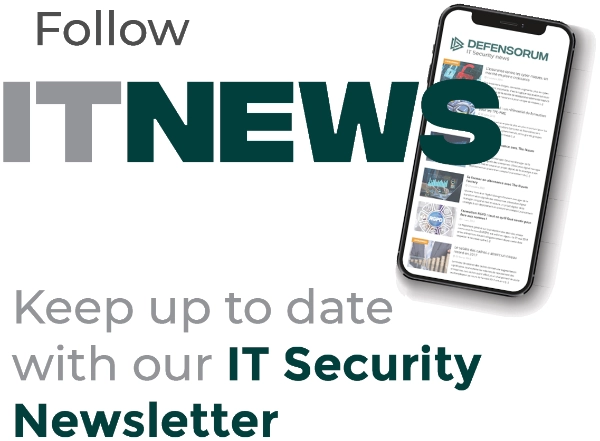
Phishing email training should be provided to all members of the workforce. Studies suggest that providing regular training can significantly reduce the susceptibility of the workforce to phishing attacks – the most common cyber threat that targets employees. According to IBM Security, phishing is the second costliest cause of data breaches and costs businesses an average of $4.65 million per data breach.
training the workforce on how to identify phishing threats is unlikely to be cheap when the cost of the training course, administering the training, and the time employees spend not working are all factored in, but it is far cheaper than having to mitigate a cyberattack and data breach.
When it comes to training staff on IT matters, including IT security and phishing, many companies make mistakes, and those mistakes can result in companies not getting the full benefits of the training. We have listed some of the most common phishing email training mistakes that are made to help you avoid them.
1. Don’t Get Too Technical
Don’t create a training course that only your IT department will understand. Most employees are not IT geniuses and if you use overly technical language and go into too much detail about phishing and other cyber threats it is unlikely that they will remember the key points you are trying to make. With phishing email training, concentrate on the red flags that indicate a phishing attempt, the types of lures used in phishing attacks, how social engineering is used to trick people into taking an action, and the dangers of clicking links in emails and opening attachments.
2. Tailor the Training to the Audience
You should not create a single training course for everyone. Use a modular course that allows you to tailor the training to different departments and roles, and ensure you cover the types of phishing that each role is likely to encounter. Also, ensure the content is relevant to each individual’s skill level. The training provided to the IT department will need to be different from the training provided to the sales team.
3. Don’t Try to Cover Everything in a Single Training Session
If you want your employees to retain knowledge, don’t overload them. If you provide an hour-long training session, only a fraction of the information will be retained. Try to keep training modules short at around 10-20 minutes max and provide training often. 6 x 10-minute training sessions in a month are likely to give you better results than a single 1-hour training session.
4. Vary the Training Material
People learn and retain knowledge in different ways, so you should use multiple training methods. Use phishing email training videos, interactive computer-based training, infographics, small group training sessions, cybersecurity posters, and newsletters to appear to the broadest possible range of individuals.
5. Vary the Training Content
Phishing email training is important but should not be conducted in isolation. Ensure you also provide training on password security, malware, safe use of the Internet, the risks of Wi-Fi, device security, and the risks of shadow IT.
6. Make Training a Continuous Process
You will not be able to develop a security culture by providing a single training session every year. Training needs to be an ongoing process, especially when it comes to phishing. Over the course of a year, training is likely to be forgotten. Conduct regular phishing email training sessions every month, even if those sessions are only 10 minutes.
7. Update the Training Content Regularly
Cybercriminals are constantly developing new methods for tricking employees into disclosing credentials or installing malware. Make sure you keep your training courses updated with the latest tactics, techniques, and procedures used by phishers. Training must cover current and emerging threats.
8. Test Understanding
After each training module, use a quiz to test whether employees have understood the key points of the training session and whether they have been paying attention. Also, conduct phishing simulations on the workforce. Phishing simulations test whether employees are applying their training and can identify weak links and gaps in knowledge. If a phishing test is failed, provide instant training specific to the failure.
9. Ensure You Train Everyone
Employees need phishing email training, but so does the board. The CEO and other C-Suite members will be targeted by phishers, as their privileges are the highest and they have access to highly sensitive and valuable data.
10. Ensure Everyone is on the Same Page
For phishing email training to be a success, you need to get buy-in from the board and management. Everyone needs to understand the importance of training and its value to the organization. If managers don’t care about training, neither will the employees.
Photo Credit: NongAsimo / stock.adobe







